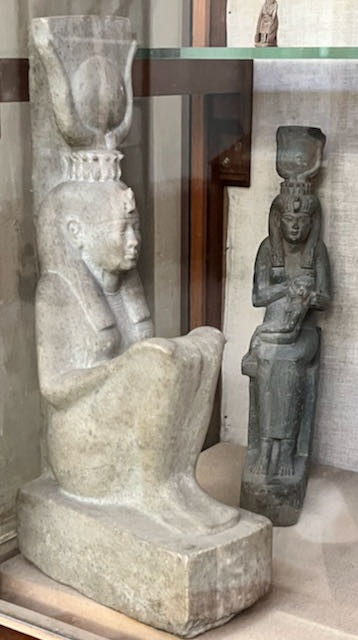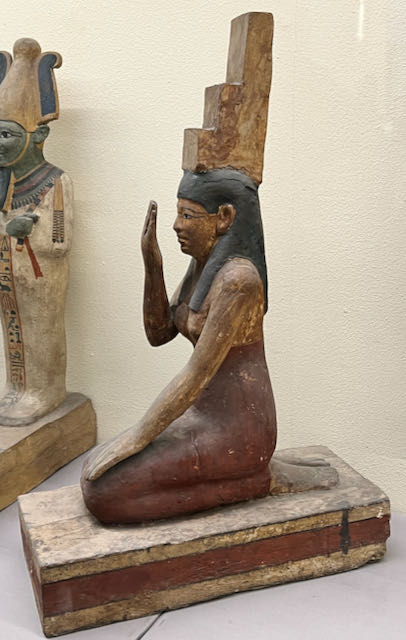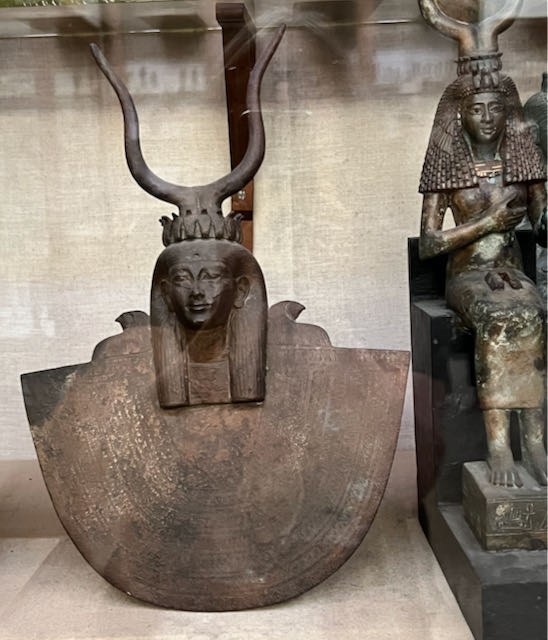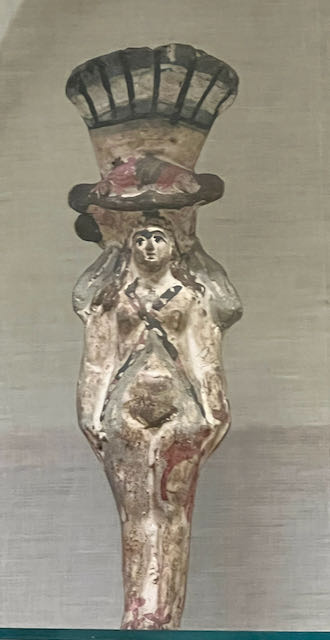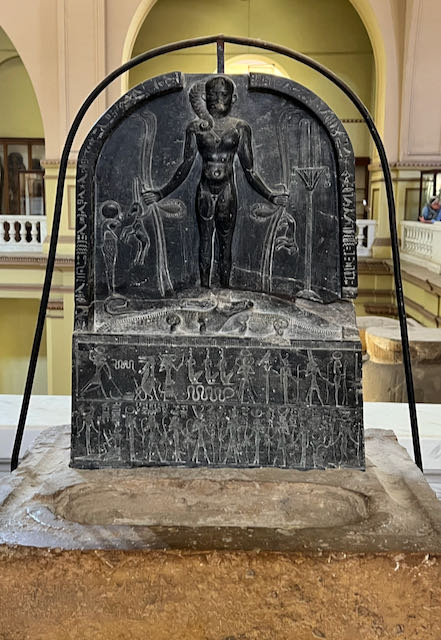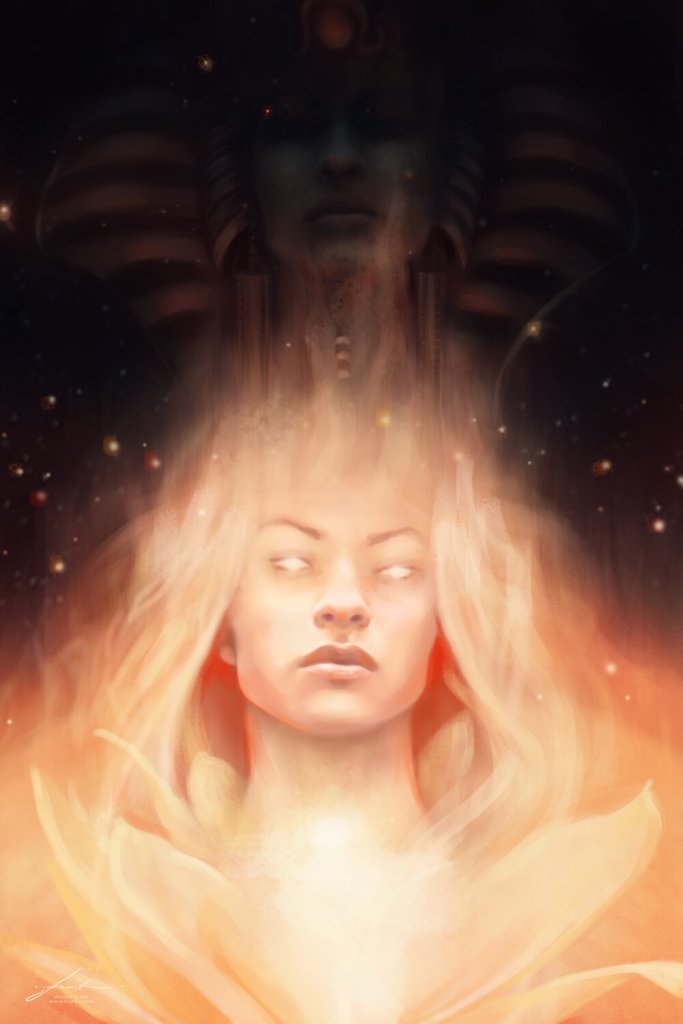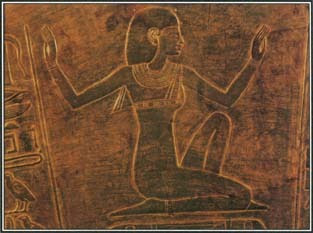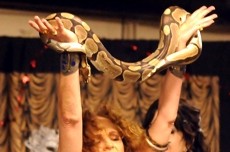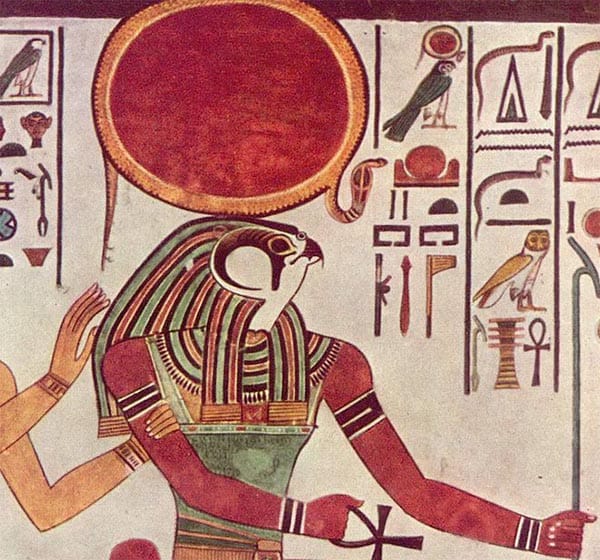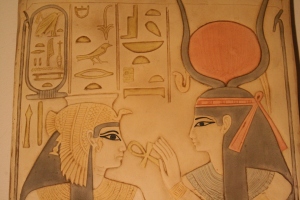The is one of the most popular posts on Isiopolis. I’m reposting it today as I’m totally booked—with all kinds of good things. Goddesses, magic, and wonderful people! Hope you’ll enjoy it a second time around.
One of the questions I regularly receive from folks who email me is, “how can I tell if Isis is calling me?”
It’s a very good question, if a somewhat difficult one to answer. Sometimes, people have had dreams with what they think could be Isiac imagery. Sometimes they’ve had a vision or some other experience during a ritual. Sometimes it’s a feeling, sometimes a wish or a hope.
What Do We Mean by “Calling”?
To try to unravel this, the first thing we need to figure out is what we mean by “calling?” In other words, if She were calling us, what would that mean? What kind of obligation, if any, comes with that calling? Because so many of us have Christianity in our personal backgrounds as well as Christianity being so prominent in our societies, we might automatically associate “a calling” with a vocation for the ministry or priesthood. It’s certainly possible. But there are other possibilities, too.
What calling means to us can also depend on where we are in our spiritual journey, as well as what we’ve been studying or reading or thinking.
For instance, let’s say you’re very interested in ancient Egypt, you’ve been reading about it, and you’re in a spiritual circle of some kind that regularly invokes Deities. Then one night, you have a powerful dream in which a beautiful, Egyptian woman seems to welcome you. You think She might be Isis. She might, indeed. She could also be one of any number of Egyptian Goddesses, which you would know about from your reading. What you intuit from your own dream will be very helpful here. If you think She’s Isis, you can follow that thread. We’ll talk about that shortly.
For another instance, let’s say you’ve never had any particular connection with ancient Egypt and you’re not on any specific spiritual path. Then one night, you have a powerful dream in which a beautiful, Egyptian woman seems to welcome you. You think She might be Isis. This may be just a dream. But if you find it exceptionally powerful, keep looking. A dream like that might be pointing out that your soul is yearning for some positive Mother or Divine Feminine energy in your life. That knowledge, in and of itself, is very valuable information. On the other hand, such a dream could be the impetus to set you on a spiritual journey as you seek to learn more.
And for a third instance, let’s say you have that same dream. But you don’t feel that you’re ready—or that you even want to—do anything about it. You absolutely don’t have to. If it’s an important knock on your spiritual door, She’ll knock again. And it’s okay to say no. You won’t hurt Her feelings and there are no negative consequences.
Dreams & Signs
So. Dreams are one way to hear Isis if She’s calling you. But if you, like me, are a crappy dreamer and neither remember them nor write them down, there are other ways to hear Her. There are usually signs. Signs can be tricky. In most cases, a sign is something unusual that catches your attention and relates to the particular Deity involved, in our case, Isis. Because She is a Bird Goddess, it might be wings and feathers. You may hear the sound of wings at an odd time. Or a bird swoops down immediately in your line of sight, startling you. Or a feather drops from the sky. Her symbols—like the Knot of Isis or a throne—might show up unexpectedly. Perhaps you overhear Her name in a passing conversation between strangers. This will happen, not just once, but many times. Be patient. Wait. And look and listen for the signs.
Now, if you’re actively wanting Her to be calling you, signs and synchronicities can ramp up. Does a breeze rustle the leaves of a tree as you pass, thinking of Her? It is Her breath. Have you found a piece of jewelry engraved with Her image? She confirms your Path. Did that hawk circle above you as you drive your car down a country road with Her name on your lips? She is guiding you.
Is it foolish to see these signs everywhere? Is it “just my imagination?” In some cases, sure, there will be a kind of confirmation bias. But that doesn’t matter; She’s on your mind. You’re thinking of Her. It has begun.
Sometimes, there are other ways to tell. You might have an intuition of Her presence about you. Or something weird might happen. I’ve had incense burn and disappear all by itself, strangers have given me unexpected Isis gifts, very loud disembodied voices have spoken my name. What your weird thing might be, I can’t say.
Pick Up the Phone Yourself
Now. There’s also an important secret about all this that I’d like to share with you. Two, really. The first is that if you want to connect with Isis, you don’t have to wait for Her to call you. You can call Her, too. Light a candle. Say a prayer. Ask Her to come into your life. If you like ritual, use the Opening of the Ways here.
The second is that being called by Isis doesn’t necessarily mean you are being called to a lifelong relationship with Her. It doesn’t necessarily mean you’re being called to serve as Her priestess, priestex, or priest. It might mean you’re being called to learn more about Her—right now and perhaps only for a while. Perhaps you’re being called to relationship. And like any relationship, that means investing time. Spend time with Her, in meditation and prayer. Read about Her in anything and everything you can get your hands on. Get to know Her. See how She feels to you. Do you like Her energy? Does it fit with yours? That’s what I mean by following the thread…and just see where it leads you.
And if you find, after time, that this is not the relationship for you, that’s perfectly okay. You will have learned. You will have grown and your spiritual world will have been expanded.
But if you find that, like me, you are a lifetime (or at least long term) devotee of Isis, then I know you will discover for yourself Her deep love, wisdom, power, and magic.

















































































































































